Figs are one of nature’s most decadently delicious fruits. With their sweet, honey-like flavor and succulent texture, they have found a special place in the culinary world. However, when it comes to choosing between dried and fresh figs, confusion often arises. In this article, we will explore the nuances and differences between dried and fresh figs, helping you make an informed decision for your next culinary endeavor or business venture. 1. Nutritional Content: Fresh figs are rich in vitamins, minerals, and dietary fiber. They are known for their high levels of potassium, magnesium, and calcium, making them a great choice for maintaining heart health and promoting bone density. Dried figs, on the other hand, have a higher concentration of nutrients due to the dehydration process.

.
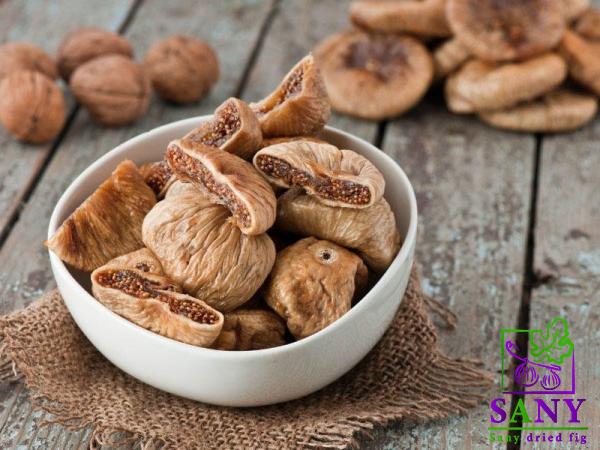 They tend to be denser in calories but are also an excellent source of dietary fiber. Additionally, dried figs are packed with antioxidants, providing a range of health benefits including improved digestion and reduced inflammation. 2. Culinary Applications: Both dried and fresh figs can be used in various culinary creations. Fresh figs are perfect for serving as a standalone fruit or adding a sweet touch to salads, desserts, and sauces. The soft and delicate texture of fresh figs lends itself well to recipes that require the fruit to be whole or sliced. On the other hand, dried figs have a more concentrated sweetness and chewy texture, making them an excellent addition to baked goods, granolas, trail mixes, and even savory dishes like stews and tagines. Their longer shelf life and ease of storage also make dried figs a convenient choice for those who want to have figs readily available year-round.
They tend to be denser in calories but are also an excellent source of dietary fiber. Additionally, dried figs are packed with antioxidants, providing a range of health benefits including improved digestion and reduced inflammation. 2. Culinary Applications: Both dried and fresh figs can be used in various culinary creations. Fresh figs are perfect for serving as a standalone fruit or adding a sweet touch to salads, desserts, and sauces. The soft and delicate texture of fresh figs lends itself well to recipes that require the fruit to be whole or sliced. On the other hand, dried figs have a more concentrated sweetness and chewy texture, making them an excellent addition to baked goods, granolas, trail mixes, and even savory dishes like stews and tagines. Their longer shelf life and ease of storage also make dried figs a convenient choice for those who want to have figs readily available year-round.
..
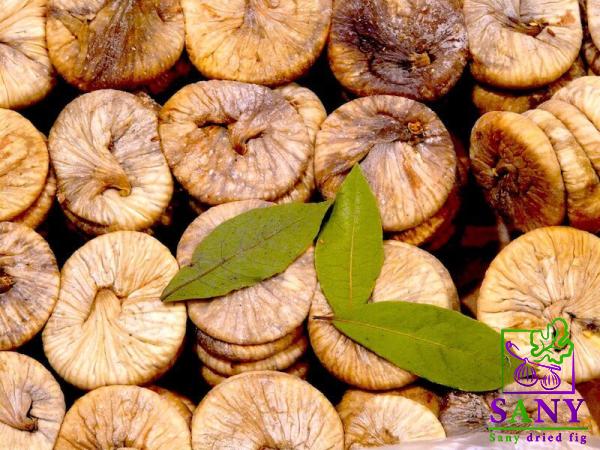 3. Flavor: Fresh figs are known for their luscious, juicy, and subtly citrusy flavor. Their delicate sweetness is often highlighted when served at peak ripeness. On the contrary, dried figs possess a more pronounced, caramel-like flavor with hints of honey. The dehydration process intensifies the fruit’s natural sugars, creating a distinct taste that many find irresistible. The flavor profile of dried figs pairs exceptionally well with a wide range of ingredients, including nuts, spices, and cheeses, making them a popular choice in both sweet and savory dishes. 4. Availability and Storage: Fresh figs are highly dependent on seasonal availability. They can generally be found from late summer to early fall, with some variations depending on the specific variety and location. Due to their perishability, fresh figs have a shorter shelf life and need to be consumed within a few days of purchase. Dried figs, on the other hand, are available year-round and have a significantly longer shelf life.
3. Flavor: Fresh figs are known for their luscious, juicy, and subtly citrusy flavor. Their delicate sweetness is often highlighted when served at peak ripeness. On the contrary, dried figs possess a more pronounced, caramel-like flavor with hints of honey. The dehydration process intensifies the fruit’s natural sugars, creating a distinct taste that many find irresistible. The flavor profile of dried figs pairs exceptionally well with a wide range of ingredients, including nuts, spices, and cheeses, making them a popular choice in both sweet and savory dishes. 4. Availability and Storage: Fresh figs are highly dependent on seasonal availability. They can generally be found from late summer to early fall, with some variations depending on the specific variety and location. Due to their perishability, fresh figs have a shorter shelf life and need to be consumed within a few days of purchase. Dried figs, on the other hand, are available year-round and have a significantly longer shelf life.
…
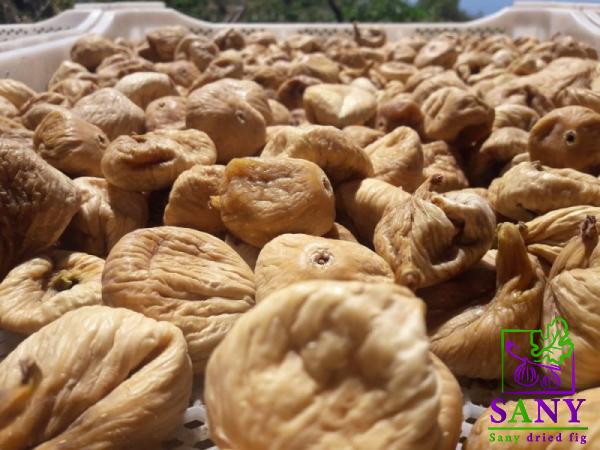 With proper storage in a cool, dry place, dried figs can last for several months, ensuring a constant supply of this versatile fruit in your pantry. Conclusion: Whether you prefer the juicy simplicity of fresh figs or the concentrated sweetness of dried figs, both variations offer their unique characteristics and culinary benefits. Fresh figs offer a delicate, refreshing flavor that is perfect for immediate consumption or as an ingredient in recipes that call for whole or sliced fruit. Dried figs, on the other hand, provide a convenient and versatile option that can be enjoyed year-round and adds a robust sweetness to a variety of dishes. Ultimately, the choice between dried and fresh figs depends on your personal preference, availability, and the specific culinary application. Whichever option you choose, incorporating figs into your diet or business venture will undoubtedly add a touch of indulgence and sophistication that this fruit is known for.
With proper storage in a cool, dry place, dried figs can last for several months, ensuring a constant supply of this versatile fruit in your pantry. Conclusion: Whether you prefer the juicy simplicity of fresh figs or the concentrated sweetness of dried figs, both variations offer their unique characteristics and culinary benefits. Fresh figs offer a delicate, refreshing flavor that is perfect for immediate consumption or as an ingredient in recipes that call for whole or sliced fruit. Dried figs, on the other hand, provide a convenient and versatile option that can be enjoyed year-round and adds a robust sweetness to a variety of dishes. Ultimately, the choice between dried and fresh figs depends on your personal preference, availability, and the specific culinary application. Whichever option you choose, incorporating figs into your diet or business venture will undoubtedly add a touch of indulgence and sophistication that this fruit is known for.
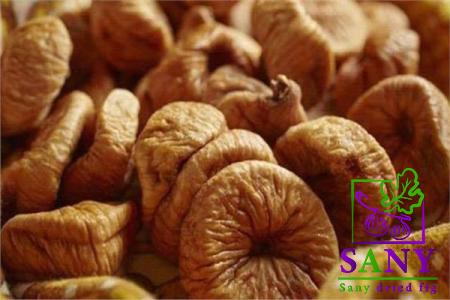
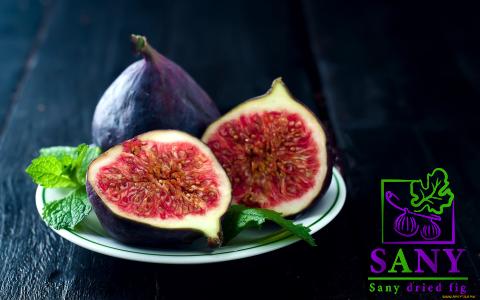
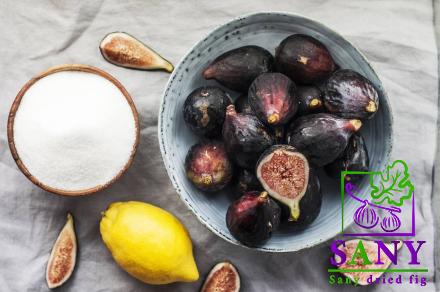


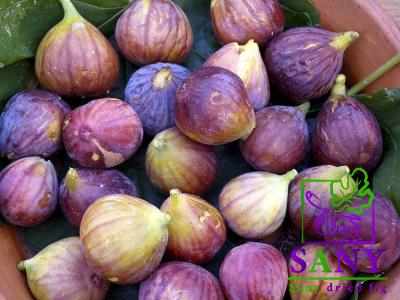
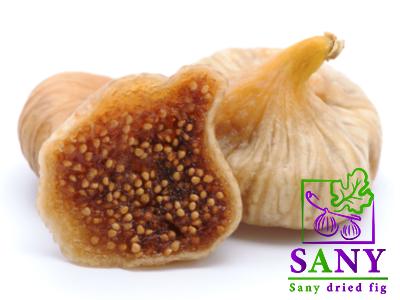
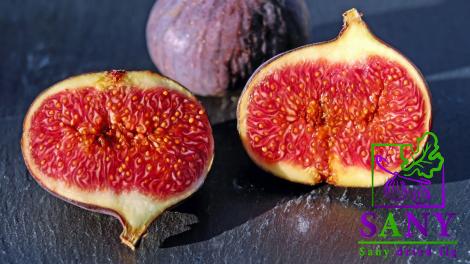
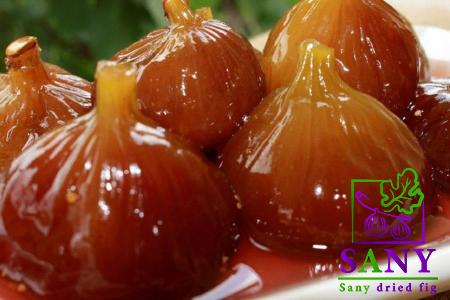
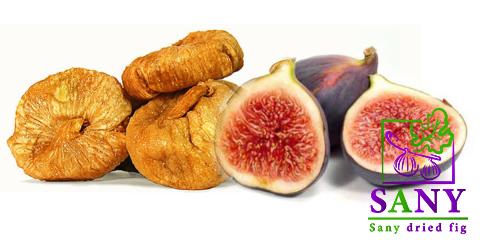
Your comment submitted.